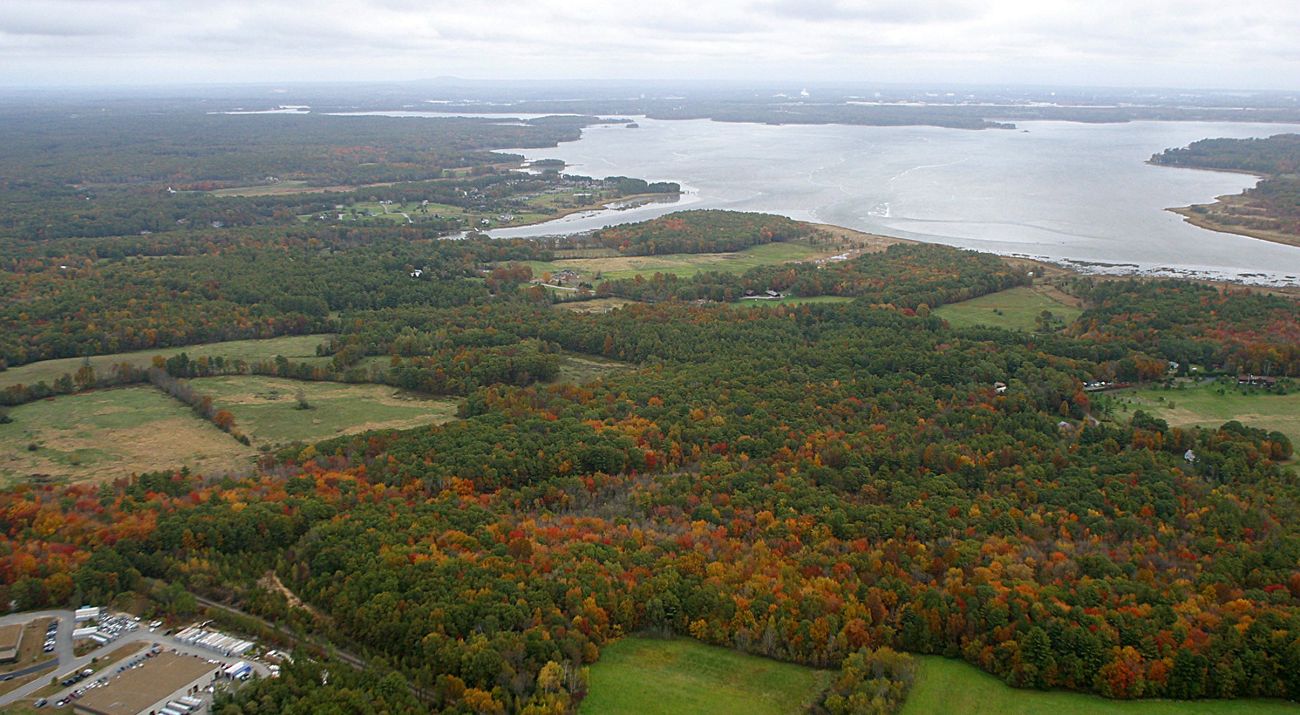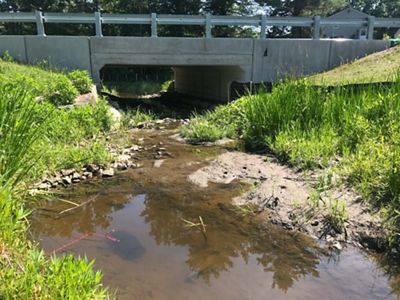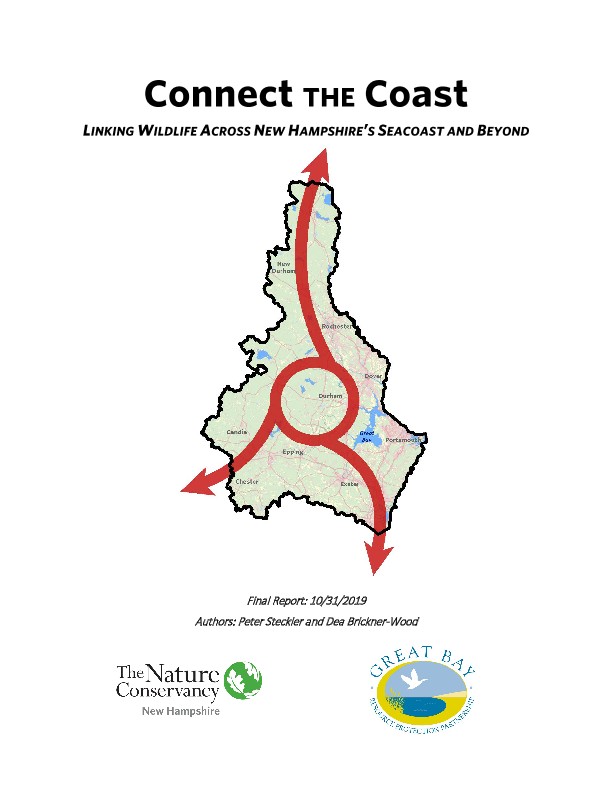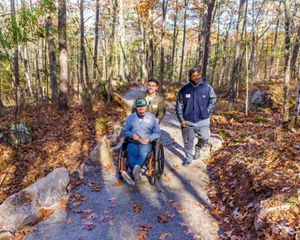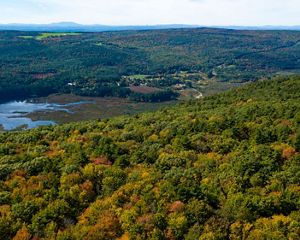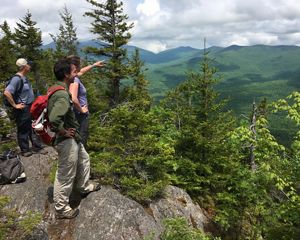Connect The Coast
Ensuring wildlife the room to roam across New Hampshire’s Coastal Watershed.
This story is about connections. With the right ones, wildlife, water, nature and people can move where they need to go. In New Hampshire’s coastal watershed, new connections are everywhere: the widening of Route 16 and the General Sullivan Bridge to accommodate the ever-growing number of people needing to get from here to there is just one example.
But as human demands on our resources increase, how do we ensure the wildlife that also call the seacoast home have the connections they need to get from place to place to find food, shelter and mates? The Nature Conservancy has worked closely with partners from Massachusetts, New Hampshire and Maine to identify the connections between those dots (and ultimately conserve them!) through the recently completed Connect The Coast project.
From Protection to Sustainabilty
A tremendous amount of land protection has occurred across this region over the years, with more than 83,000 acres conserved across 42 towns in the coastal watershed by many conservation organizations, including TNC. These efforts have resulted in large contiguous areas of conservation lands throughout the seacoast that provide critical habitat for many of the wildlife species that live here.
However, there is a real threat that these conserved areas could become islands, isolated from one another. That’s because development and population growth are on the rise, and our transportation network continues to expand and fragment the landscape. The connections between these protected places are essential to support the longterm sustainability of healthy wildlife populations, especially as we face a changing climate and additional habitat loss.
Where are the places that need protecting in order to enable wildlife like bobcat, fisher, mink and Blanding’s turtles to keep roaming to meet their needs? Connect The Coast is our call to action to inform and inspire conservation decision-making.
A Call to Action
The new report:
- Identifies a network of lands prioritized for maintaining habitat connections throughout and beyond New Hampshire's seacoast region for a wide variety of wildlife.
- Highlights opportunities to improve safe passage for both people and wildlife at the intersection of roads and wildlife corridors.
- Provides stakeholders with the tools they need to take action in their communities.
Connect The Coast provides valuable data to help TNC and our partners concentrate efforts and resources on the best opportunities to maintain and enhance connections that support wildlife movement throughout the coastal watershed and beyond. The result: We all make our connections!
This is just one of the many innovative projects being made possible through The Future of Nature, our campaign to raise and invest $40 million to put New Hampshire on the sustainable path for our climate, water and people.
Download
Help Raise Nature's Voice from a Whisper to a Roar
Today, our New Hampshire landscape—so essential to our past and present, so critical to our future—faces the most daunting threat of our time: a changing climate. Let's tackle this climate challenge together.
